Planet of the Titans: The Star Trek Film That Wasn’t
Before there was Star Trek: The Motion Picture, there was Phase II. And before there was Phase II, there was Planet of the Titans.
This Star Trek film, written by Chris Bryant and Allan G. Scott, was rejected, and Paramount president Barry Diller suggested to Gene Roddenberry that he ought to take Star Trek back to its original context: the television screen, which is how Phase II was born.
“I’m sure the fans would have been upset”
Bryant and Scott submitted their story outline for Planet of the Titans in October 1976. Roddenberry liked their take on the character of James Kirk. As the two began working on a script, Philip Kaufman was hired to direct, and Bryant and Scott found themselves caught between Roddenberry’s and Kaufman’s conflicting visions of what the film should be, with the studio not sure what it wanted.
Feeling it was impossible to produce a script that satisfied all parties, they left the project in April 1977. Kaufman took over writing the script.
“My version was really built around Leonard Nimoy as Spock and Toshiro Mifune as his Klingon nemesis,” Kaufman explained years later.
My idea was to make it less “cult-ish” and more of an adult movie, dealing with sexuality and wonders rather than oddness; a big science-fiction movie, filled with all kinds of questions, particularly about the nature of Spock’s [duality] — exploring his humanity and what humanness was. To have Spock and Mifune’s character tripping out in outer space. I’m sure the fans would have been upset, but I felt it could really open up a new type of science fiction.
Finding the Titans
Bryant’s and Scott’s story opened with the Enterprise racing to rescue a Federation starship in distress called the Da Vinci. The Enterprise arrives too late. The Da Vinci is gone, but survivors are picked up.
During the rescue, Kirk is subjected to an electrochemical shock to his brain, which brings on erratic behavior culminating in his commandeering a shuttlecraft toward an invisible planet. He vanishes without a trace and Spock orders the Enterprise home.
Three years later, the Enterprise, refitted, has a new crew. Spock has resigned from Starfleet in disgrace and is on Vulcan purging himself of his human half. The Enterprise, under command of a Captain Gregory Westlake, is ordered to the location where Kirk disappeared. Just as Spock theorized, a planet has been discovered there, one that promises to be the mythical “Planet of the Titans,” the home of a lost race with superior technology.
However, the planet is about to be destroyed by a black hole. Whoever rescues the Titans will control the destiny of the universe.
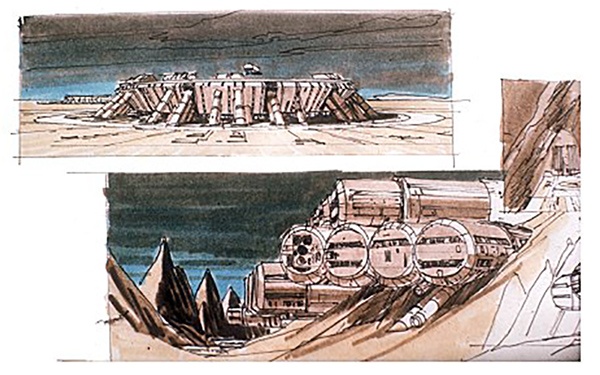
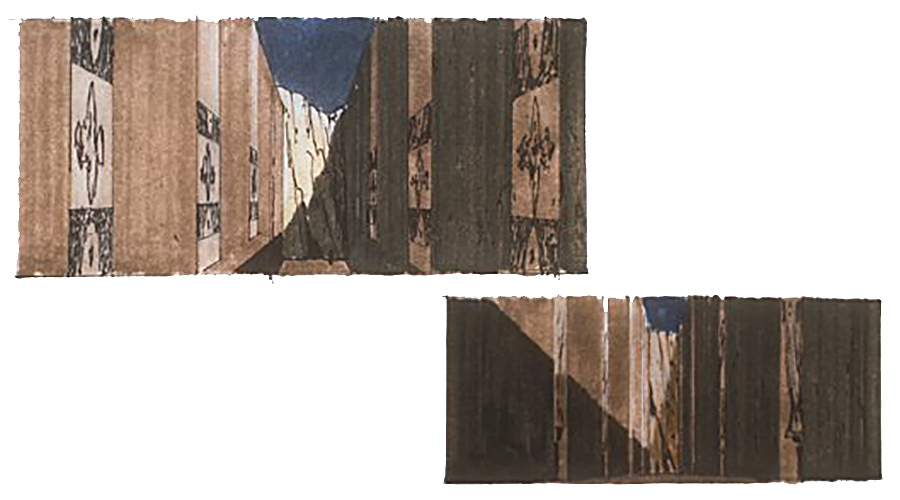
The Enterprise makes a detour to Vulcan to pick up Spock, who at first refuses to go. Vulcan tests reveal Spock’s death to him, indicating that he must go with the Enterprise in order to fulfill his destiny.
The ship arrives at the now partially visible planet and is trapped by a forcefield surrounding it. Facing destruction, the saucer of the Enterprise separates from the rest of the ship, allowing the engineering hull to get free while the saucer crashes on the planet.

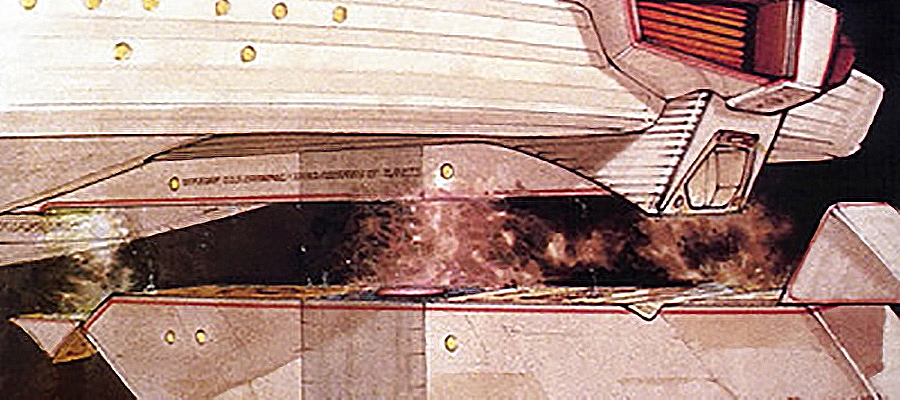
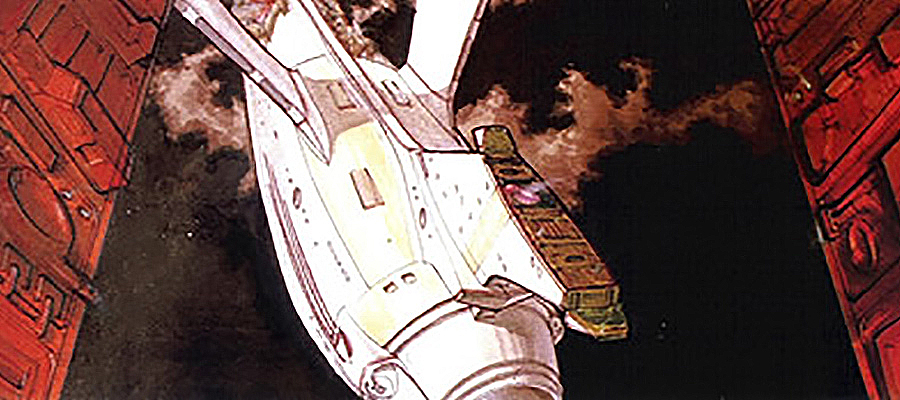
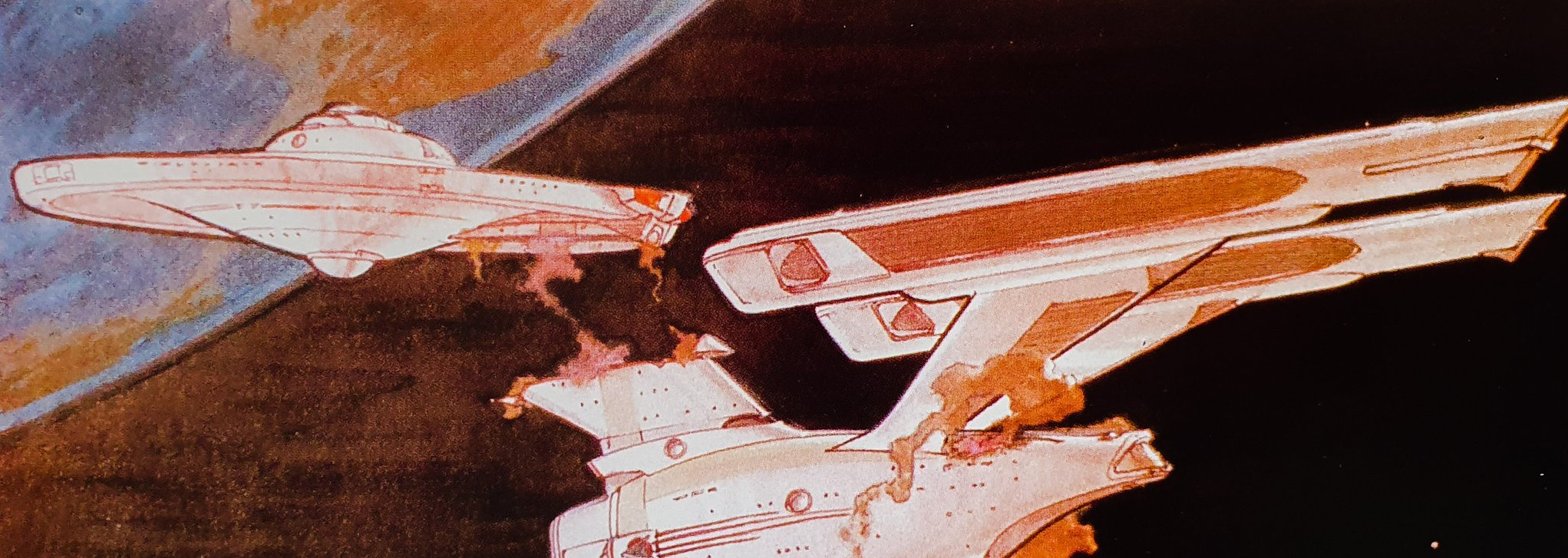
The crew find the surface of the planet to be a wild and inhospitable, with cities encased in walls of fire. Spock is reunited with Kirk, who has existed as a wild man with other trapped beings. When the landing party reaches the rulers of this world, they discover them to be no benevolent Titans but a lower and incredibly dangerous lifeform called the Cygnans. The Titans have long disappeared.






In an attempt to escape from the Cygnans, who have transported on board before the saucer lifted off to rejoin with the ship, Kirk plunges the Enterprise into the black hole to save the Federation from this hostile species. During the trip through the black hole, the Cygnans are destroyed and the Enterprise emerges back in orbit around Earth. But it is Earth at the dawn of time, and it is revealed the ancient Titans were in fact the crew of the Enterprise!
Unused redesigns
The film was to be produced in England by Jerry Isenberg. Ken Adam of James Bond fame was hired as production designer. Ralph McQuarrie, who had just worked on Star Wars, was attracted to redesign the Enterprise. Many of his conceptual drawings were speculative images, not based on any script, including depictions of the Enterprise approaching an inhabited astroid.
















McQuarrie also produced artwork for an alternative ending to the story:
Some alien form has designed a way to use the power of a black hole’s gravity to form a spherical shroud around the black hole. If you have a dense enough material, gravity cannot penetrate it. There are two openings in the shroud that they would use to pull ships in. The saucer of the Enterprise (which was detachable) ends up in the shroud. They meet the aliens and had a dramatic finale.
After Paramount canceled the project in May 1977, the Adam and McQuarrie designs remained unused and Matt Jefferies was approached to upgrade the Enterprise for Phase II.
Kaufman’s screenplay



15 comments
Submit comments by email.